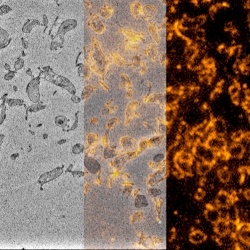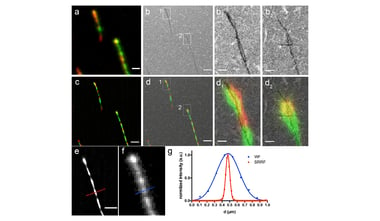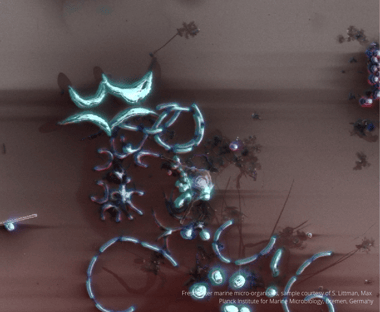It has been a year since the Delphi system was launched at the 18th International Microscopy Congress (IMC) in Prague, on September 7, 2014. Since then, the Delphi has been very successful in terms of dissemination and outreach, as well as being widely recognized as a highly effective tool in correlative microscopy.
First of all, five successful Delphi workshops have been organized: in Dresden (March 25), Copenhagen (June 18) London (June 24), Utrecht (July 1), and Maastricht (September 1), with a total of around eighty participants. The last workshop of the year will be held in Heidelberg on the 5th of October (you can find more information here). At these workshops, researchers gain firsthand knowledge on the applications of this straightforward and user-friendly system.
In June-July 2015, The Microscience Microscopy Congress of 2015 (MMC2015) took place at which DELMIC’s Lennard Voortman gave a talk on the Delphi as the ultimate bridge between fluorescence and electron microscopy, as part of the session, “From Molecules to Cells”. This enabled more widespread dissemination of information on the benefits of the Delphi system.
Shortly afterwards, in August, Delphi won the Microscopy Today Innovation Award during the Microscopy & Microanalysis 2015 Meeting (M&M 2015) in Portland. This prize is awarded to the leading innovations in the field of microscopy.
To date, more than twenty samples have been successfully studied with the use of the Delphi. Examples include sections of rat pancreas tissue, a Tokayasu cryo section of embryonic mouse neuroepithelium, and cultured HUVECS on coverslips. We expect that the Delphi will eventually become even more widely used to study a variety of samples as researchers increasingly recognize the potential of this fully integrated, innovative system.
Click here for more information about the Delphi system.




